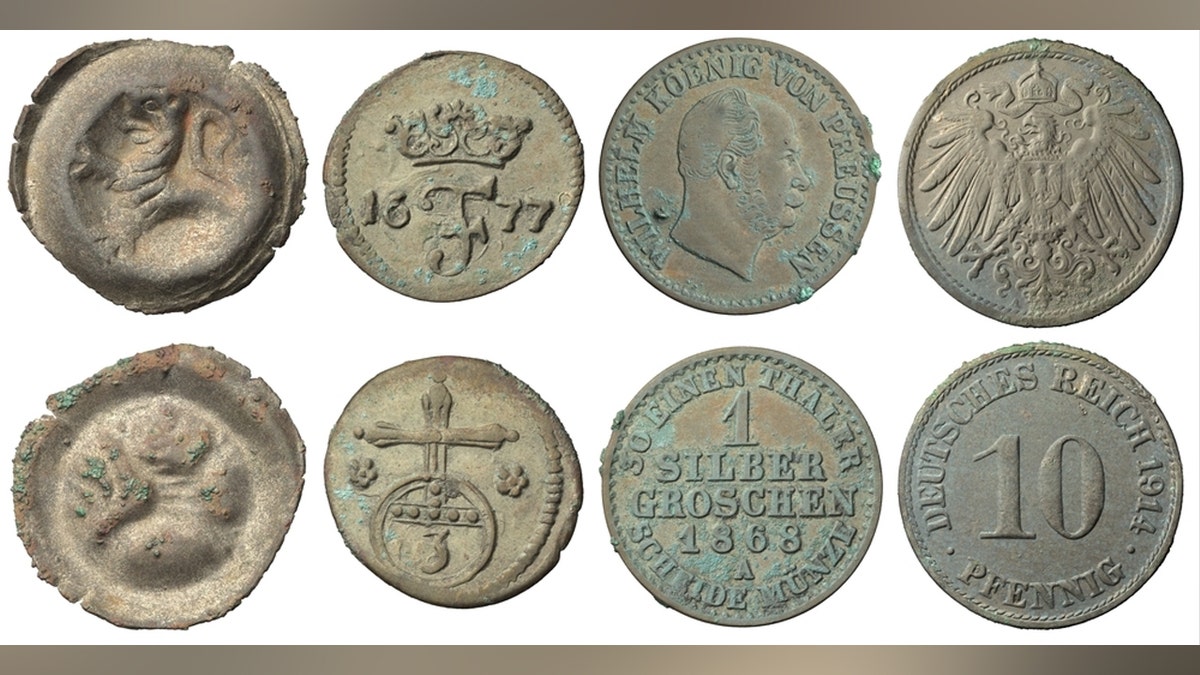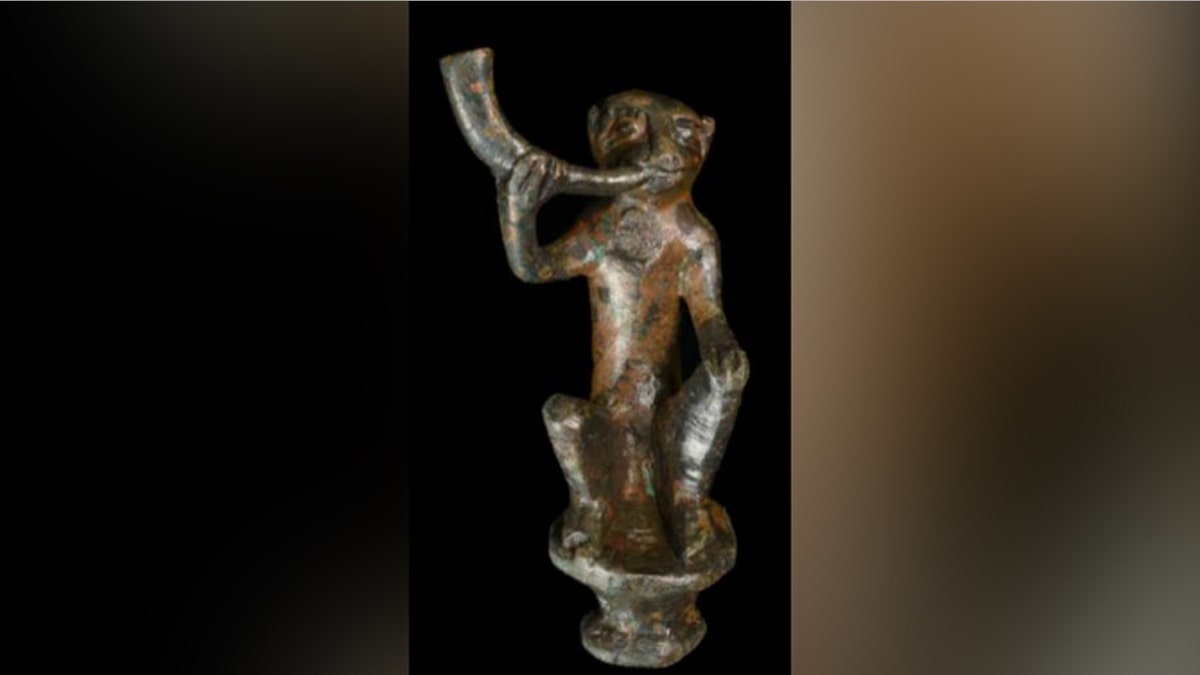An archaeological dig at the Marienkirche (St. Mary's Church) in Gardelegen, Germany, has unveiled a treasure trove of artifacts, offering a glimpse into life from the 13th century through the 19th century. The excavation, conducted between June 2022 and September 2023 by the State Office for Heritage Management and Archaeology (LDA) in Saxony-Anhalt, initially focused on installing underfloor heating. However, the removal of the church's wooden floor led to a much more significant discovery.

Volunteers meticulously examined the exposed area, uncovering over 1,000 artifacts. Among the finds were 679 coins and coin fragments, providing valuable insights into the economic history of the region. Everyday objects such as garment pins, ceramics, metal fittings, book clasps, pearls, glass shards, iron nails, and even personal tweezers were also discovered, painting a picture of daily life in centuries past. Plant remains added another layer to the historical narrative, hinting at the local flora and potentially even dietary habits.

Three dice were also unearthed, a peculiar find for a religious setting, raising questions about their purpose within the church. The most intriguing discovery, however, was an 8-centimeter-high bronze monkey sculpture. Monkey imagery in churches often represented demonic creatures or caricatures of sinful humans during the late Middle Ages. This particular sculpture depicts a monkey holding an object, potentially a drinking horn or a musical instrument, sparking debate among experts about its precise meaning.

The excavation underscored the vital role of volunteers in preserving archaeological heritage. The LDA in Saxony-Anhalt works closely with a network of volunteers who contribute significantly to managing and understanding the region’s rich history. This collaborative effort ensures that historical treasures, like those found at Marienkirche, are brought to light and shared with the world.
Comments(0)
Top Comments